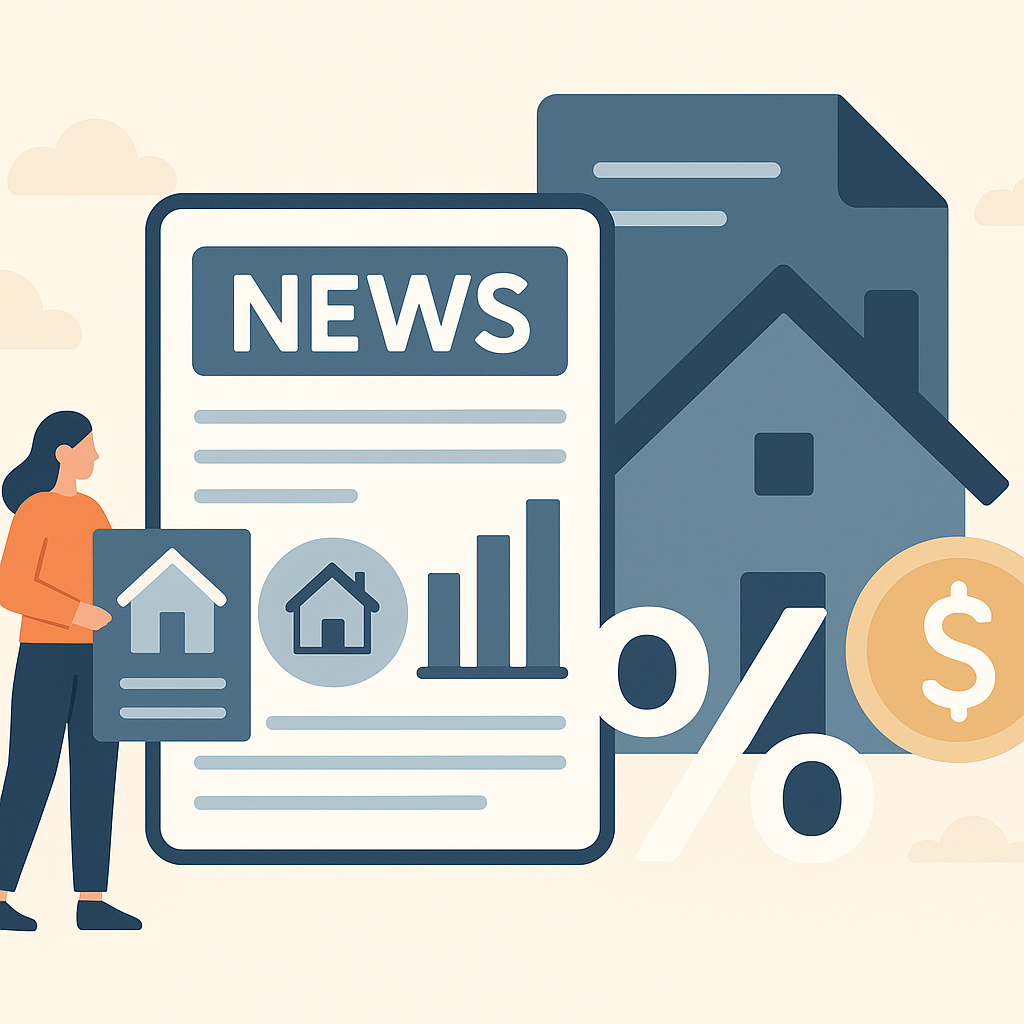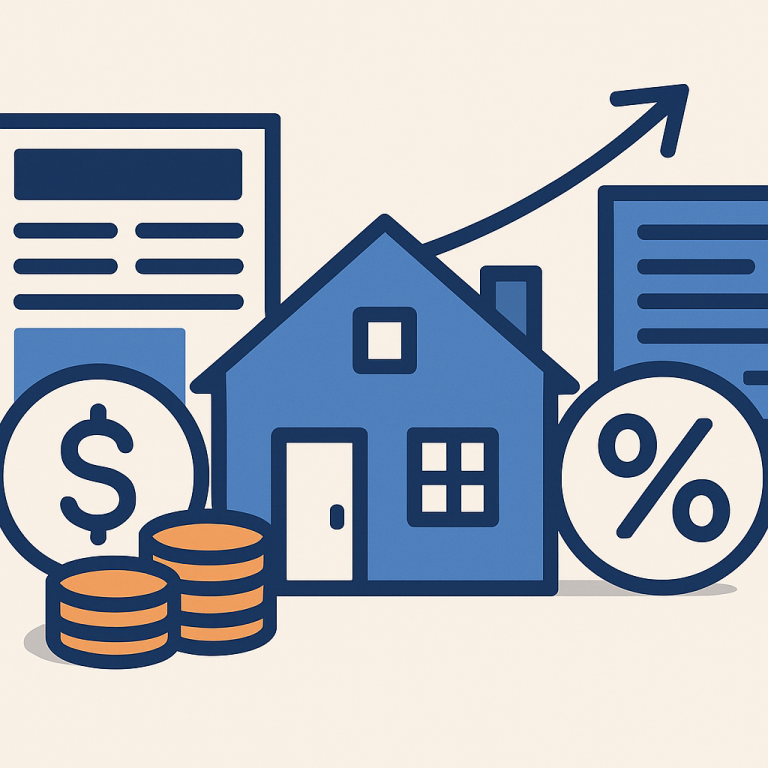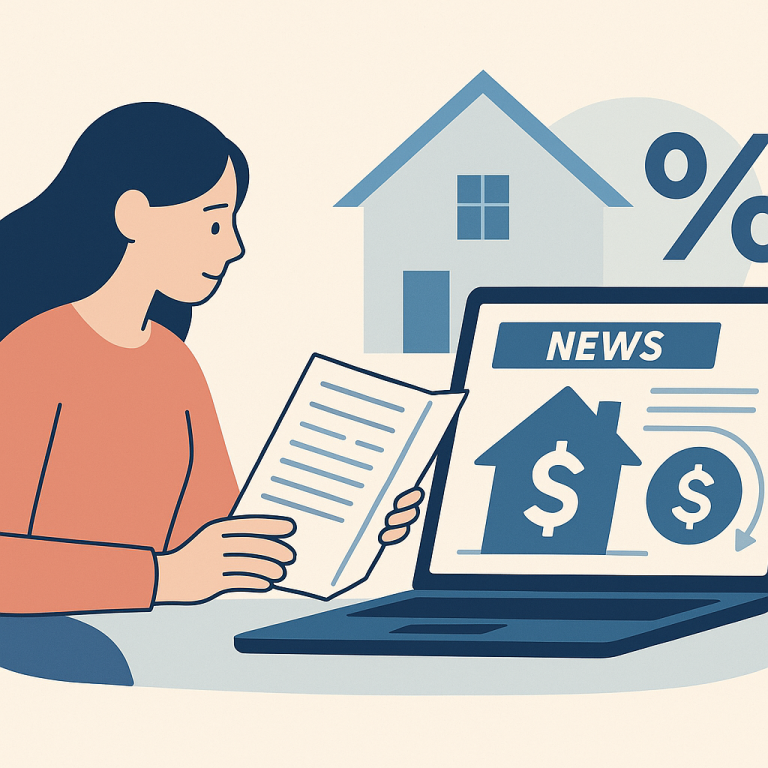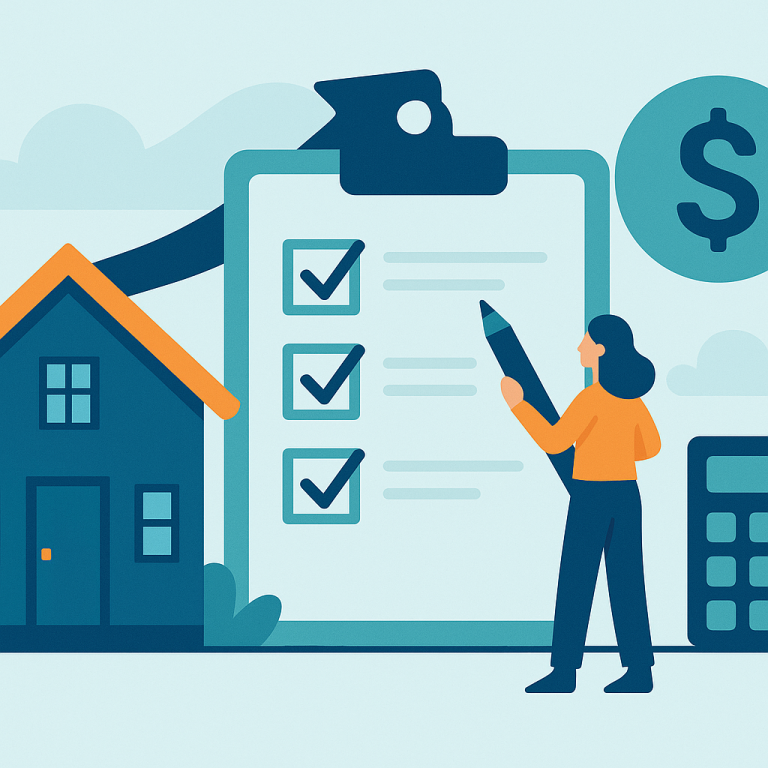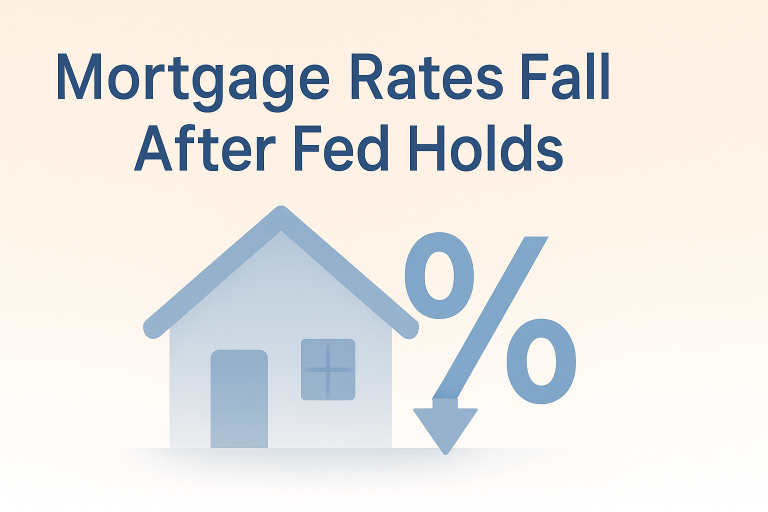30-Year Mortgage Refinance Rate Drops to 4.75% as Treasury Yields Fall
Homeowners Consider Shorter-Term Refinances as Rates Moderate
Refinancing activity is shifting as mortgage rates ease from recent peaks, prompting homeowners to reassess whether to shorten loan terms or extract equity through cash-out refinances. The current environment is encouraging borrowers who want to accelerate equity buildup and reduce interest costs over the life of the loan, while others remain focused on liquidity and monthly payment relief.
Market context and homeowner behavior
After a period of elevated borrowing costs, market rates have moderated enough for some homeowners to find meaningful savings by refinancing. For many, the choice today is less about securing the absolute lowest rate and more about aligning mortgage structure with financial goals—whether that is paying off a mortgage sooner, lowering total interest, or tapping home equity for other uses.
Refinances that shorten the loan term—moving from a 30-year to a 15- or 20-year mortgage, for example—can substantially reduce total interest paid but often increase monthly payments. In contrast, cash-out refinances provide liquidity but may extend the repayment timeline and increase interest expense if the borrower takes on a new longer-term loan.
Key factors homeowners should weigh
When deciding whether to refinance and which path to choose, homeowners should evaluate several interrelated considerations:
- Remaining time in the home: Homeowners planning to move within a few years may not recoup closing costs from a refinance intended to shorten the term.
- Break-even analysis: Compare closing costs with monthly savings and long-term interest reductions to determine how long it will take to recover costs.
- Monthly budget impact: Shorter terms typically raise monthly payments; ensure cash flow can handle higher payments without compromising emergency savings.
- Purpose of funds: If tapping equity, evaluate whether expected returns (home improvements, debt consolidation, education) justify the additional interest and potential longer amortization.
- Loan features: Consider differences in fees, points, prepayment penalties, and whether the new loan offers flexible payment options or requires mortgage insurance.
Costs and timing considerations
Closing costs are a central element in refinance decisions. Borrowers can sometimes roll these costs into the loan balance or negotiate lender credits in exchange for a slightly higher rate, but that strategy affects long-term interest costs. Homeowners should request detailed Good-Faith Estimates from multiple lenders to compare APR, fees, and total cost over expected holding periods.
Timing also matters. Even modest further declines in rates could improve outcomes for some borrowers, but waiting can carry the risk of rates reversing. Homeowners with financial flexibility should periodically re-evaluate market conditions and refinance options rather than react to short-term movements alone.
Homeowner takeaways
- Run a break-even calculation that includes all closing costs and the expected time you will stay in the home.
- Decide whether the priority is monthly cash flow, total interest reduction, or access to equity, and choose the refinance structure accordingly.
- Shop multiple lenders and compare APR, fees, and any points or credits offered.
- Factor in budget resilience for higher monthly payments if shortening the term, and avoid eroding emergency savings for refinancing costs.
- Revisit options periodically—small rate shifts can alter the cost-benefit balance for refinancing strategies.
For homeowners weighing refinance choices, a clear assessment of goals and a disciplined cost comparison will determine whether shortening the term or pursuing a cash-out refinance best serves their financial plan.
META: refinancing; term shortening; cash-out; homeowner takeaways; closing costs

